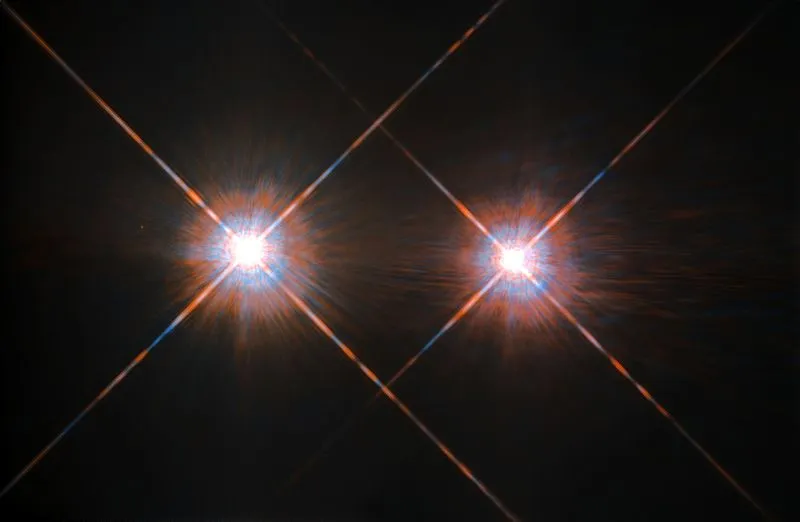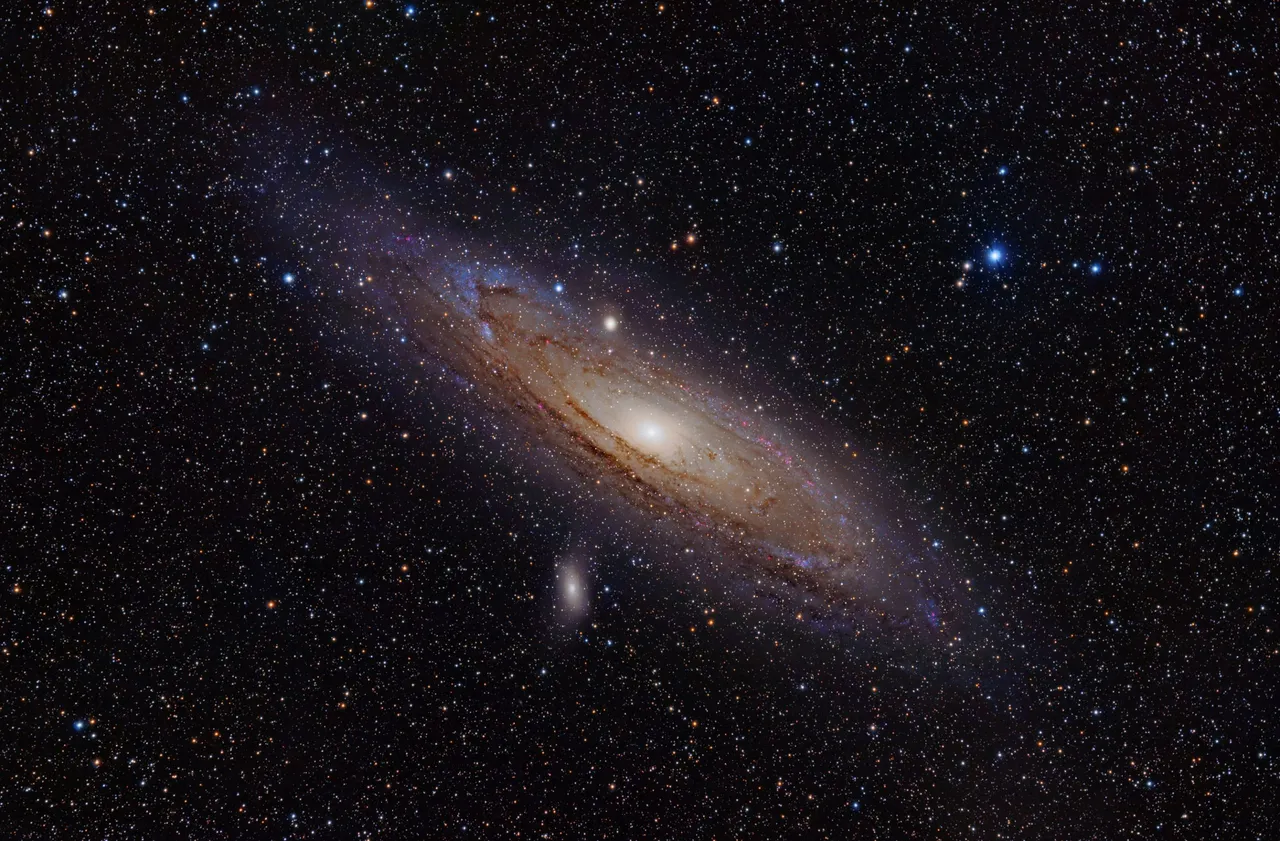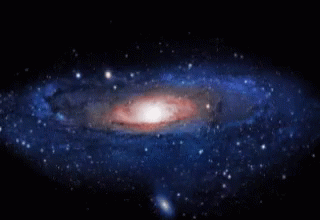Do you like to see things in the sky ?, especially at night? I'm sure we would love to see the various constellations of the stars such as Orion, Aquila, Pegasus, and others or maybe just see the beautiful moonlight at night. Whatever they are, they're just beautiful things, and I think you agree with me.
But what would you say if science revealed that the objects we see in the sky are displays from the past?
If you already know this before, maybe you are not surprised anymore, but for those of you who don't know, let's discuss it more deeply.
To see an object we need 3 components. Eyes, Object, and Light. so when we see an object, it's actually a light reflection from it. so when the reflection enters our eyes, we could see that object.
As we know that the speed of light in a vacuum is about 299792.458 km per second or 186.270 miles per second. and it makes light as the fastest thing in the universe that we've ever known.


Now let's play a little math to figure out how long it takes for an object to become visible to our eyes based on the speed of light and its distance.
How long does it take for an object that's 1000 meters away to reach our eyes?

To find out the answer, we need to divide the distance between the object and the speed of light. 1 km: 299792 km / s = 0.0000033 s, so it takes about 0.0000033 seconds for our eyes to catch an object 1000 meters away. well, it's a very fast one.
Ok, let's go further. take a look to the moon.

The distance of the moon from the earth is about 384,400 km. 384,400 km: 299792 km / s = 1.28 s, so the time it takes for the moonlight to reach our eyes is 1.28 seconds, that means we see the appearance of the moon 1.28 seconds ago.
Let's move to the sun.

By a distance of 149.6 million km, the time it takes for sunlight to reach our eyes is about 8.3 minutes. that means when we look at the sun, we actually see the view of the sun from 8.3 minutes ago.
Objects such as the moon and the sun may take only seconds and minutes to reach our eyes. but many objects light takes years to reach our eyes.
To facilitate calculations scientists use light as a unit for calculating the distance of celestial objects. which we know as units of light-years. where one light year is equal to 9,467,280,000,000 km, which is the distance that light reach in an empty space for one year. with this method, we can also easily find out how long it takes the light of celestial objects to reach our eyes.
Okay let's try it!
I'm sure you've heard of Alpha Centauri, which is a star system that is quite close and still visible for us to see with naked eyes from the earth.


The distance of the Centauri star system is about 4.3 light-years from Earth. which means the light of the stars in this system takes more than 4 years to be seen by us. and when we look at the sky and see these stars, that is 4 years ago.
Ok, let's move to further objects.
The Andromeda Galaxy, the closest galaxy from our Milky Way. which we could see with the naked eye clearly in September, October and November.


With a distance of 2,538 light-years from the earth, the light of the Andromeda galaxy takes about 2500 more years to reach our eyes. so when we see the appearance of this galaxy in the sky, that means we just see The ancient galaxy view of 2500 years ago.
So what is the current condition of the Andromeda Galaxy?
Humans will find out the answer 2500 years later...
Conclusion
Light is the fastest thing in the universe that we know so far. with a speed of 299792,458 km per second or 186,270 miles per second. scientists use light as a unit of distance to celestial objects that are very far away. By applying the speed of light to the distance of a celestial object, we could find out how long it takes light from a celestial object to reach our eyes.
The farther the object is, the longer it would take the light to reach us. and the time could be hundreds to millions of years.
Celestial objects that we could see today with a great distance from the earth is their appearance in ancient times. and it's possible that these objects already changed or even no longer exist this time.


References :
- http://content.time.com/time/subscriber/article/0,33009,931189,00.html
- https://theconversation.com/when-you-look-up-how-far-back-in-time-do-you-see-101176
- https://astronomy.stackexchange.com/questions/9990/when-we-see-the-sun-do-we-actually-see-its-past
- https://physics.stackexchange.com/questions/160283/are-we-seeing-the-past-when-we-look-at-the-stars
- https://slate.com/technology/2013/08/are-the-stars-you-see-in-the-sky-already-dead.html
- https://en.wikipedia.org/wiki/Alpha_Centauri
- https://www.forbes.com/sites/jamiecartereurope/2018/09/26/face-east-this-weekend-to-eye-the-trillion-star-andromeda-galaxy/?sh=6bca7b2e6882
